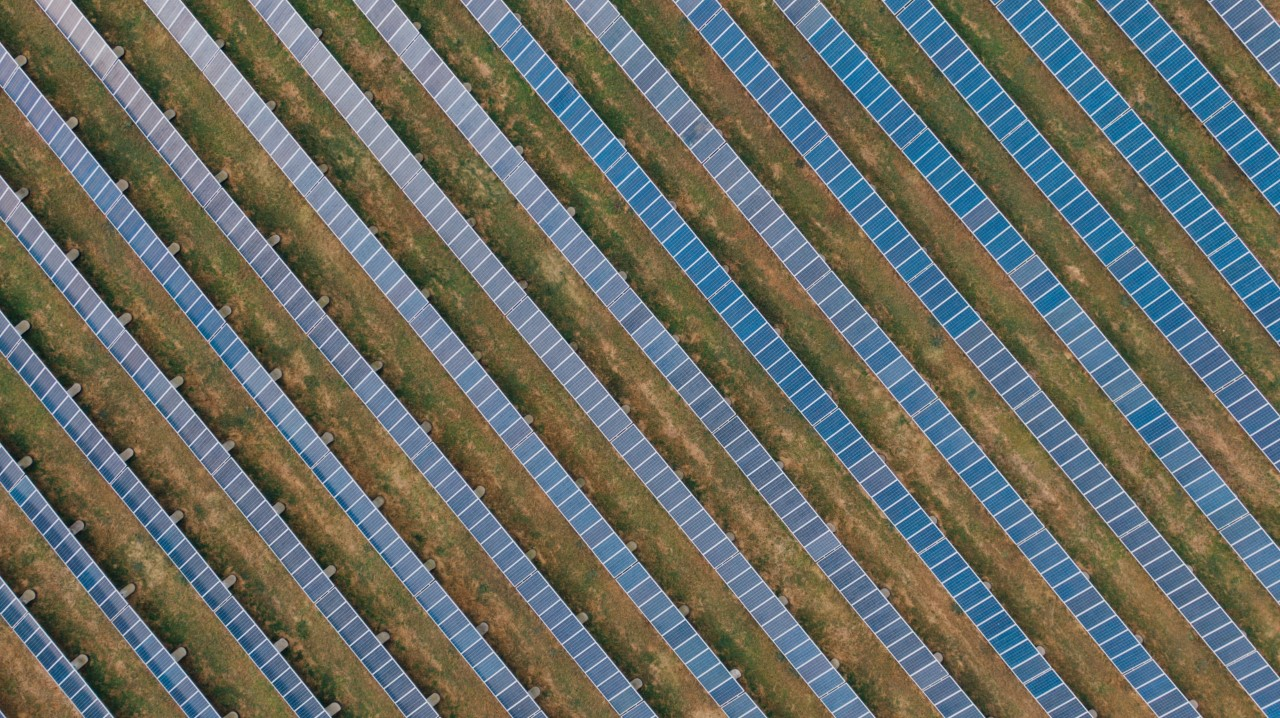Written by Eric Miller – 5/16/2024
Governor Shapiro’s New Energy Plan
In March of this year, Governor Josh Shapiro proposed the Pennsylvania Climate Emissions Reduction Act (PACER) as a state-specific alternative to the Regional Greenhouse Gas Initiative (RGGI). PACER is designed to bolster Pennsylvania’s climate efforts by implementing a cap-and-trade system targeting carbon emissions from power plants within Pennsylvania. While PACER would adopt much of RGGI’s cap-and trade framework, PACER is also part of a larger package of legislation that includes the Pennsylvania Reliable Energy Sustainability Standard (PRESS). As a sister program to PACER, PRESS seeks to set aggressive renewable energy goals through updated Alternative Energy Portfolio Standards (AEPS), incentivize the transition to cleaner energy sources, and prioritize economic development and job creation in PA’s clean energy sector. Unlike RGGI, which spans multiple states across the northeast, PACER is a Pennsylvania only proposal. While RGGI remains mired in legal battles, PACER is an alternative to RGGI that some see as more likely to reach final implementation. Still, some advocates see PACER as an inferior version of RGGI that could have difficulty passing the state legislature, a hurdle that RGGI does not have to clear due to its status as an executive order rather than a piece of legislation. Regardless, both initiatives would be a major step forward for clean energy policy in Pennsylvania and are two of the most important climate-related initiatives currently in Harrisburg. To that end, let’s begin by taking a closer look at PACER and PRESS and what Governor Shapiro hopes that they will accomplish.

PACER and PRESS
Like RGGI, PACER is a targeted initiative aimed at significantly reducing greenhouse gas emissions from Pennsylvania’s power sector through a cap-and-trade system. Unlike RGGI, which involves multiple states coordinating on emissions reductions, PACER would allow Pennsylvania to independently set its carbon emissions cap through the Department of Environmental Protection (DEP) and manage the allowance auction process internally. While RGGI would direct revenue into the Clean Air Fund for pollution reduction efforts, PACER’s primary focus is on providing direct electric bill rebates to consumers, expanding year-round energy assistance programs and supporting targeted energy projects. Shapiro projects that PACER’s initiatives would save ratepayers $252 million in the first five years and support efforts to combat climate change tailored specifically to Pennsylvania’s needs and priorities. Under PACER’s cap-and-trade program, 70% of revenue would be directed back to Pennsylvania residents as a rebate on their electric bill, with the remaining 30% going towards lowering bills for low-income Pennsylvanians and supporting energy efficiency for homes and small businesses. Per Shapiro, nearly 15,000 clean energy jobs would be created as well because of PACER.
PRESS, PACER’s companion program, aims to drive substantial growth in the renewable energy sector and establish more ambitious targets for renewable energy generation. As discussed in The Energy Co-op’s AEPS explainer video, Pennsylvania lags behind neighboring states such as Maryland, New Jersey, and New York in terms of its renewable energy targets. While these states have set ambitious goals of reaching at least 50% of energy generation from alternative sources by 2030, Pennsylvania’s existing AEPS mandates are notably lower, with an 8% requirement for Tier I renewable sources like solar and wind, and 10% for less renewable Tier II sources such as waste coal and large-scale hydro. And as of 2021, Pennsylvania currently ranks 45th in renewable energy production in the US.
Of the electricity generated in each state, how much is from renewable sources?

In short, Governor Shapiro’s energy initiative introduces a comprehensive plan aimed at ensuring long-term reliability and affordability of Pennsylvania’s energy sources. In addition to increasing generation percentages, PRESS expands on AEPS by incorporating sources like nuclear power, next-generation technologies such as fusion, and clean forms of natural gas like RNG. PRESS aims for Pennsylvania to derive 50% of its electricity from diverse energy resources by 2035. This includes 35% from clean energy sources like solar and wind, 10% from sustainable sources such as large hydropower and battery storage, and 5% from ultra-low emission forms of natural gas and other traditional fuels.
RGGI
While the Governor is a strong supporter of carbon emissions reduction efforts, he has only voiced weak support for RGGI in the past, and the program was sometimes seen as a holdover from his predecessor, Tom Wolf. With PACER, Governor Shapiro seeks to rid himself of the baggage RGGI carries with a new program that would achieve similar goals, so let’s get into how RGGI differs from PACER.
As you may remember from The Energy Co-op’s In the News Series on RGGI, despite Pennsylvania’s official accession to RGGI in 2019 through an executive order issued by then Governor Tom Wolf, the initiative has encountered resistance from influential fossil fuel interests and state legislators which has marred the program with uncertainty. By the numbers, The University of Pennsylvania’s research forecasts that full implementation of RGGI could achieve a significant reduction of approximately 225 million tons of CO2 emissions in Pennsylvania by 2030. And electricity bills in states participating in RGGI have demonstrated a notable decline, averaging a reduction of 5.7%.

In 2023, the controversy of RGGI’s implementation ascended to the Pennsylvania Supreme Court, which deliberated on a critical constitutional question: whether the procurement of RGGI allowances by power plants should be classified as a tax or a fee. This distinction held substantial weight in determining the validity and legality of Governor Wolf’s executive action. The court ultimately ruled against the state’s participation in the Regional Greenhouse Gas Initiative on November 1, 2023, and invalidated Governor Tom Wolf’s executive order that had facilitated Pennsylvania’s entry into RGGI. As a result of the court’s decision, Pennsylvania’s involvement in RGGI has been suspended pending further legal proceedings, with the state government subsequently filing an appeal to contest the ruling. This legal setback plunged the initiative’s future into uncertainty and has tied RGGI up in a legal battle for the foreseeable future.
PACER vs. RGGI
While PACER represents an ambitious, Pennsylvania-focused approach to addressing climate change, it contrasts with RGGI in several ways. One notable difference is the level of detail available for PACER, which has been criticized for lacking specific implementation strategies compared to the well-established framework of RGGI. The absence of detailed implementation plans in PACER have raised concerns about the program’s feasibility and effectiveness in achieving its emission reduction targets and renewable energy goals. Unlike with RGGI, there is not an existing standard to determine the maximum amount of carbon that can be emitted by power plants. Additionally, PACER’s focus solely on Pennsylvania could present drawbacks in terms of regional collaboration and coordinated efforts to address broader climate challenges that transcend state borders. Climate change is a global issue that requires collective action, and regional initiatives like RGGI promote cooperation among multiple states to tackle emissions collectively, potentially yielding greater impact and efficiency in reducing greenhouse gas emissions.
On the other hand, PACER is tied to the Pennsylvania Renewable Energy and Sustainability Standard (PRESS), a comprehensive legislative package that includes updates to the state’s Alternative Energy Portfolio Standards (AEPS). This comprehensive approach, while important for advancing renewable energy goals, contrasts with RGGI’s narrower focus on carbon emissions reduction from power plants. By combining carbon reduction efforts with renewable energy incentives under PRESS, Josh Shapiro’s proposal aims to drive substantial growth in the renewable energy sector and promote economic development in Pennsylvania’s clean energy industry.
Another key distinction lies in the enacting nature of PACER, which requires approval through the state legislature. While this could, in theory, offer a more straightforward path for implementation compared to executive actions like RGGI, it also opens the door to significant opposition and gridlock from lawmakers who oppose climate or cap-and-trade initiatives. The legislative process introduces additional complexities and potential delays in enacting climate policies, as evidenced by the ongoing debates and negotiations surrounding both RGGI and PACER’s approval and implementation. State Senate Majority Leader Joe Pittman, a Republican from Indiana county, pushed back on PACER, saying that “any form of cap-and-trade program would be a very difficult piece to support”. Despite this obstacle, RGGI remains tied up in court hearings, so the legislature could still be the most straightforward path forward even considering the partisan hurdles it would have to clear.
Regardless of whether PACER or RGGI ultimately prevails in Pennsylvania, Pennsylvanians stand to benefit from increased efforts to combat climate change and a transition towards cleaner energy sources. Both programs signal a commitment to reducing greenhouse gas emissions and promoting renewable energy development, which can lead to improved air quality, lower electricity costs, and enhanced economic opportunities in the clean energy sector. Implementing either initiative would contribute to Pennsylvania’s long-term sustainability goals and align with broader efforts to address climate challenges on a regional and global scale. While RGGI’s future remains uncertain, PACER and PRESS represent a new path forward for Pennsylvania’s clean energy future, with the latter representing the largest increase in PA’s alternative energy portfolio standards in history, should it pass. Implementing a cap-and-trade program and updating renewable energy standards are two of the most important state-level climate policy initiatives to date, and any action in these areas would be a tremendous victory for clean energy advocates in PA.





